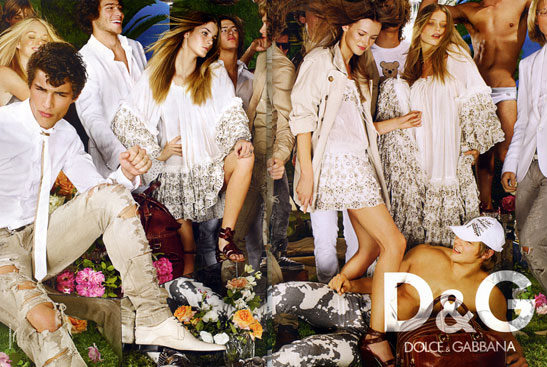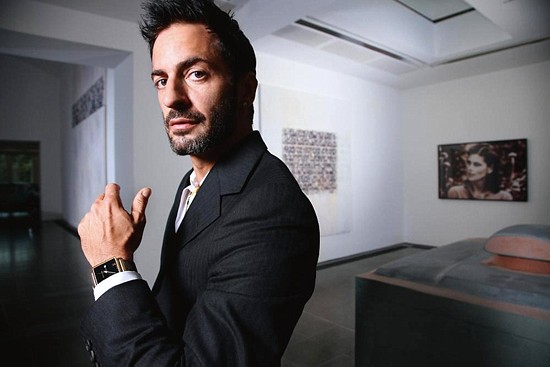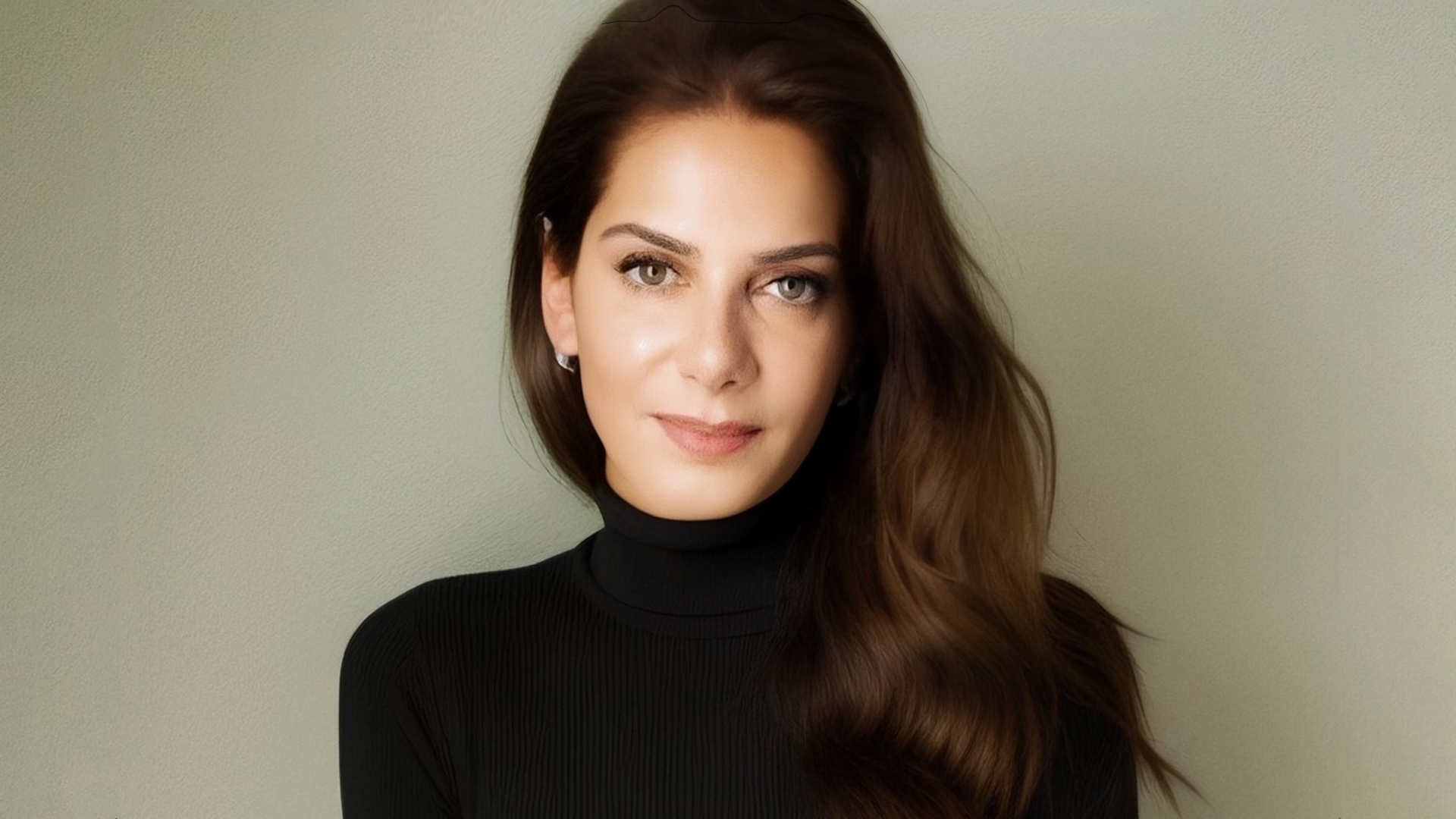Sophie Maxwell, head of insight at Pearlfisher, ponders the future of luxury, and asks whether or not it will be driven by creativity or the bottom line

Sophie Maxwell, head of insight at Pearlfisher, ponders the future of luxury, and asks whether or not it will be driven by creativity or the bottom line
Hermès’ recently released collection of Sari’s, in Mumbai’s first ever street level luxury goods boutique
We – amongst others – have talked at length about the evolving ideals of the luxury landscape – ideals that obviously govern the creation, direction and evolution of the individual brands within it. And whilst in such an experiential and inspirational marketplace, values and ideals remain key – so too does brand growth and sales success if these brands are to survive in an increasingly global and competitive marketplace. But perhaps the two pivotal questions that luxe brands now need to address is how, where and why they are looking to grow? – and whether it is more important to have a creative or business brain at their helm?
Territorial luxury
Essentially, whilst many luxury brands wish to retain exclusivity by staying small, how many can really afford to do this? But, likewise what are the implications for them when it comes to globalization? Most industries do indeed look at growth in terms of extending product range and entering different territories. And whilst some products will always be desirable and transcend cultural and geographical barriers, it’s becoming much harder to have a uniformly global product range.
With brands considering their integration into global territories and their local cultures, is it now about trying to harness all cultural, social and economic viewpoints and how these are presented to the global – and local – consumer? And what territories will and won’t buy into this?
India is an interesting case in point as a developing market currently being heavily targeted as an emergent territory for luxury opportunity. And it would seem that brands are embracing the creation of specific ‘Indian’ products showing that it’s a market that likes to be specifically addressed, treated differently and respected for its own codes.
“ Is it more important to have a creative or business brain at the helm of a luxury brand? ”
A handful of international luxury brands such as Hermes, Tods, Etro, Canali and Ermenegildo Zegna have been increasingly rolling out India-inspired products, from clutches and watches to shoes and jackets, with Hermes – a decade after debuting a limited collection of silk saris – poised to do so once again – only this time in India. All these brands are looking to woo a growing tribe of young entrepreneurs and executives who are driving a boom in the Indian luxury market.
“They (the young and rich Indian consumers) are adventurous and want to try Indian designs even in foreign luxury brands,” says Priya Sachdev Chatwal, chief operating officer and creative director, TSG International Marketing, which represents brands such as Alexander McQueen, Lanvin and Stella McCartney in the country. (Source: India times.com).
Whilst others are looking at this process in reverse by trying to take the Indian culture and design to the global audience. Much cited in the media was Vuitton’s celebration of Diwali. Last year, from November 5 to mid January, all of Louis Vuitton’s 454 stores – spanning five continents – featured Diwali window displays. The first time in the store’s 156-year history that it will be celebrated a single festival on this scale.

Dolce & Gabbana recently announced the closure of its long-running D&G; diffusion line
But, it’s not just exclusively about import and export on a global scale – and designing for specific markets – as also knowing when to expand and when (and how) to maximize what you have already got. Dolce and Gabbana recently announced that they were closing the very successful (and long-term) cheaper diffusion label D&G; to concentrate on their main range.
A bold move by the label, coming as it does at a time when most other luxury brands seem to be continuing to diversify in order to beat the continuing effects of the recession.
Burberry, for example, feels like it’s never going to stop finding new channels and there have been a lot of comments about it moving away from it’s luxury brand status because of this.
However, behind its meteoric global rise to becoming one of today’s most prominent luxury icons has been a careful understanding of our changing culture – creating an ultimately future focused vision that embraces new forms of expression to draw and hold the attention of its consumers. Thanks to it’s revolutionary approach to fashion shows – it screened its Autumn/Winter 2011 catwalk show live on the iconic 32 metre-long screens in London’s Piccadilly Circus – and its strong social media platforms it was recently awarded ‘genius’ status as the world’s most digitally competent fashion brand by New York University’s think tank ‘Luxury Lab’.
“ Success today is about hitting the right market at the right time with the right product. Creativity today is about being business savvy as much as being a creative maverick ”
Creative deities
Success today could be said to be about hitting the right market at the right time with the right product, and that creativity today is about being business savvy – and having market and zeitgeist awareness – as much as being a creative maverick. And so do the new generation of creative directors for Luxe brands understand business as much as creativity?
When it comes to haute couture, the past few weeks have been dominated by the 2012 Paris shows. And not only have we seen what is happening in terms of the new Collections but also been privy to the politics of movement between the fashion houses by the leading Creative Directors, who are now under growing pressure to create for a global marketplace with a vision that covers as many differing ranges, expressions and extensions as credible brand stretch will allow.
It is currently rumoured that John Galliano will be succeeded at Dior by Marc Jacobs: another creative genius but one whose understanding of the potential of the commercial world is reflected in his phenomenal success. His rapid rise to fame as a global brand name is reflected by the presence of the Marc Jacobs brand in 60 countries and the stretch of these brands in his near monopolization of Bleecker Street in New York’s west village, now dotted with a plethora of different diffusion stores under his name – including a bookshop called ‘Bookmarc’.

Marc Jacobs, creative director of Louis Vuitton, Marc Jacobs and Marc by Marc Jacobs, currently rumoured to succeed John Galliano at Dior
He ranked in Time magazine 100 most important people in the world in 2010 – and all while building up and maintaining Louis Vuitton’s ranking as the biggest Luxury brand in the world. Jacobs may be understandably satisfied with the empire he currently oversees or he may see the opportunity to bring his vision and golden touch to Christian Dior – the reputed jewel in the crown of the LVMH brand portfolio – as irresistible.
The new name on everyone’s lips since April’s Royal Wedding is Sarah Burton – newly created creative director of Alexander McQueen. Despite a position as McQueen right hand woman Sarah is displaying the ability to bring her own fresh perspective to the brand whilst also staying true to its founder’s vision. Her view of McQueen, with its trademark edge, but also with the addition of a new femininity and softness and arguably new commerciality has created more brand awareness and made it more newsworthy today that at any time in its history. Evidence that even iconic brands in the making need to evolve with the times and culture surrounding them in order to look to future.
“ Even iconic brands in the making need to evolve with the times and culture surrounding them in order to look to future ”
And whilst fashion has very much been at the forefront of our minds in recent weeks, the media has also reported on luxury car brand Aston Martin fighting off international competition to be named Britain’s coolest brand for the second year running. Stephen Cheliotis, chairman of CoolBrands council said: “There are inherent factors that are evident in cool brands – things like style, originality, innovation. If style leaders and the British public think you’re cool, from a business perspective it’s massively important because what it means is people want you. They want to buy your product, they want to buy your service, and they’ll probably pay a premium for it".
And this success is in large part down to the man behind the brand – Richard Parry-Jones who has stayed the distance, designing more than 70 cars of every shape and size during a 38 year career working for Ford. Parry-Jones has been hailed as the industry’s magic bullet for his very hallowed combination of creative genius and business direction. And his influence is still very much in evidence with his appointment post-retirement as Chairman of the Automotive Council – representing an automotive industry that is reportedly growing faster than any other part of manufacturing.
A balanced future
In the past luxury brands led the way and set the bar. It was about having a vision – and perhaps even a resolutely singular vision. Today, the brains behind the luxe brands need 20/20 vision to direct innovative – but apposite – brand channeling and the merging of a truly perceptive creative and business strategy.










